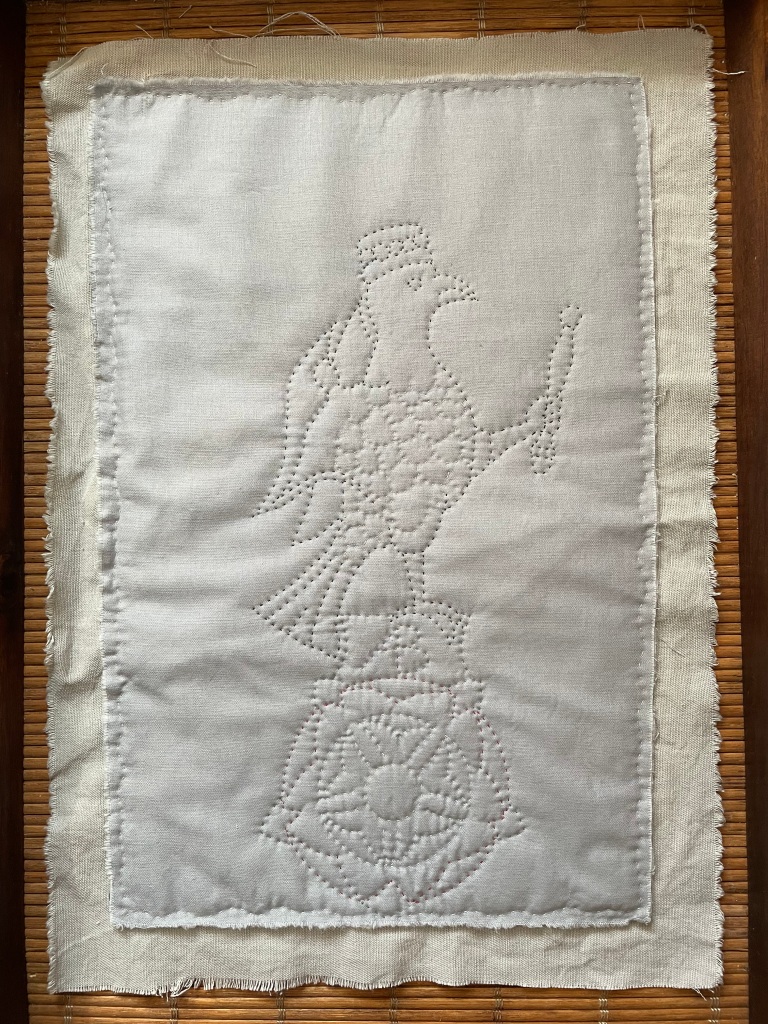Content warning: the final image on this page may be unsettling; and this post refers to executions.
Once the queen’s head is severed, he walks away.
Hilary Mantel, The Mirror and the Light (London: Fourth Estate, 2020), p.3.
The opening line of Hilary Mantel’s third book in the Cromwell Trilogy, The Mirror and the Light, is violent and shocking, mirroring the violence and shock of the event it describes.

The queen in question is Anne Boleyn. In The Mirror and the Light no-one will emerge unscathed from the violence of her execution.
The historical record tells us that Anne Boleyn was executed on Tower Green on 19 May 1536, after a very swift downfall, arrest, and trial. Advocates for Anne believe she was condemned on false charges of adultery and treason; that her reputation has been unfairly traduced over the centuries; and that her accusers were motivated by political and personal expediency. As Mantel writes in her Author’s note to Bring up the Bodies:
The circumstances surrounding the fall of Anne Boleyn have been controversial for centuries. The evidence is complex and sometimes contradictory; the sources are often dubious, tainted and after the fact.
Hilary Mantel, Bring Up the Bodies (London: Fourth Estate, 2012), p.407.

My sewing project is firmly focused on Hilary Mantel’s Cromwell who is no friend of Anne’s: he sees her as someone who is motivated by self interest and assumes everyone else is the same. ‘Good morning, Master Cromwell, what can we sell each other today?’ he imagines her saying. (Wolf Hall, p.430). He believes ‘Anne is not a carnal being, she is a calculating being, with a cold, slick brain at work behind her hungry black eyes’. (Wolf Hall, p.350).
But even though he has disliked her, and been indifferent to her attractions in life, Cromwell is unable to simply walk away from Anne and her fate after her death: the fate that he has helped bring about. Instead he is haunted by her. He dreams of her, he sees her, he feels her presence throughout the final book in the trilogy. The night after her execution:
he dreams the death of Anne Boleyn, in panels. In the first he stands watching as she walks to the scaffold, wearing her clumsy gable hooded. In the second she kneels in a white cap while the Frenchman raises his sword. In the last, her severed head, smothered in linen, bleeds its image into the weave.
The Mirror and the Light, pp.24-25

King Henry also dreams of “Ana Bolena with her collar of blood”. The men who brought about her death are haunted by her.

I thought a lot about how to represent this key chapter in my stitching. A few years ago, when visiting the Tower of London, I found that I could only access the chapel of St Peter ad Vincula – where Anne is buried – as part of an official tour. So I waited near the chapel, attached myself to a tour party already in progress, and entered. Once inside, there was no opportunity to look around; instead, the tour party sat in the pews and listened to the male tour leader talking about the executions of both Anne and Katherine Howard as though they were a subject for humour. I was revolted at his flippancy. Remembering this incident informed my desire to work on representing these moments in a respectful way. I hope I have done so.
The third book of Mantel’s trilogy begins with Anne’s death, but she remains present until the very end. And it is right that she disturbs the consciences of the men who brought about her execution.















